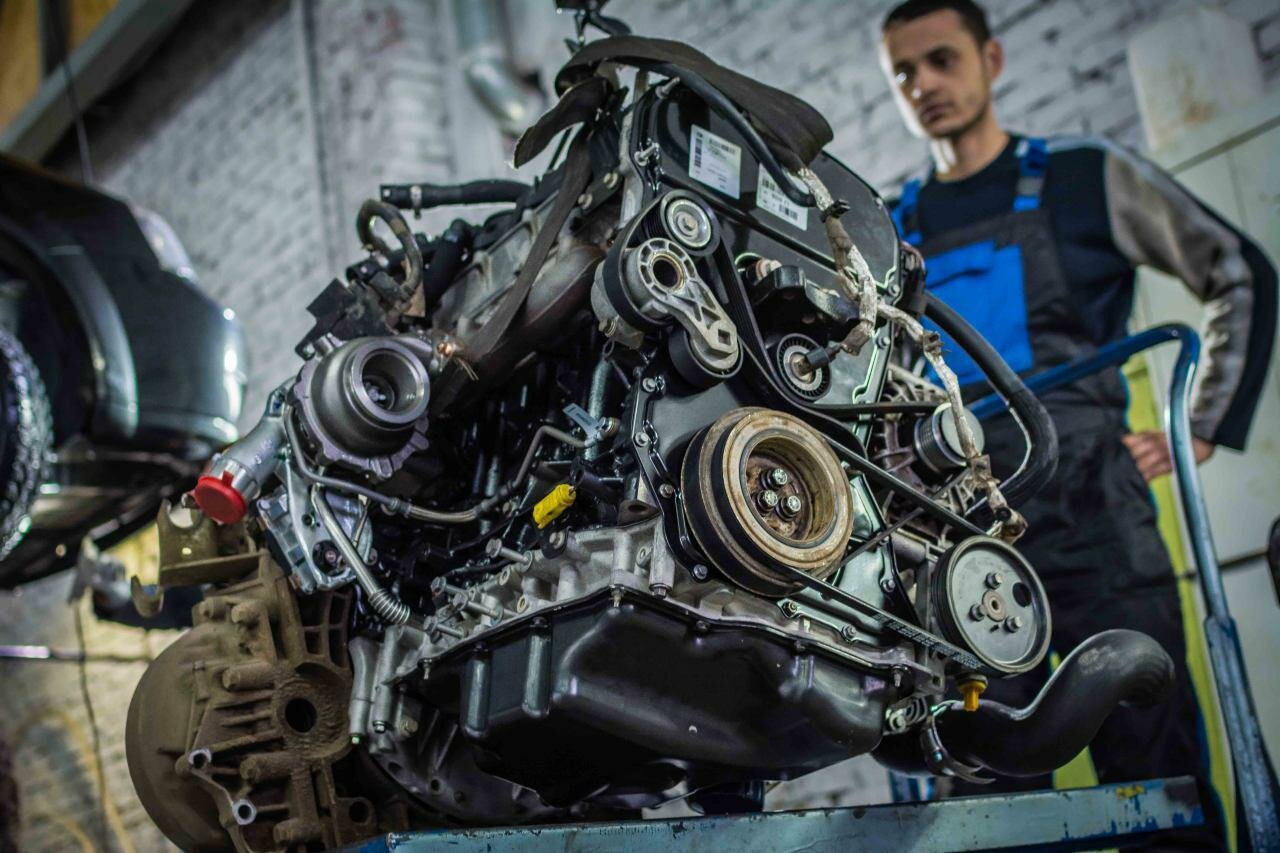Chevy Impala and Its 3.6 Engine: A Brief Overview
The Legacy of the Chevy Impala
The Chevy Impala has long been a staple in the American automotive landscape, with a history that dates back to 1958. Initially introduced as a high-end model within the Chevrolet lineup, the Impala quickly gained popularity for its spacious interior, smooth ride, and powerful performance. Over the decades, it has undergone numerous redesigns and updates, adapting to changing consumer preferences and technological advancements. The Impala has been a symbol of American automotive engineering, appealing to a wide range of drivers, from families to enthusiasts.
In the 21st century, the Chevy Impala continued to evolve, with the introduction of the sixth-generation model in 2014. This iteration marked a significant shift, featuring a more modern design and updated technology. One of the standout features of this generation was the option of a 3.6-liter V6 engine, which promised a balance of power and efficiency. However, as with any vehicle, the introduction of new technology and engineering can lead to unforeseen issues.
The 3.6-liter engine, while offering commendable performance, has not been without its problems. Owners have reported a range of issues that can affect the engine’s reliability and overall driving experience. Understanding these problems is crucial for current and prospective Impala owners, as they can impact maintenance costs, vehicle longevity, and driving safety.
In the following sections, we will delve into the specific problems associated with the Chevy Impala’s 3.6 engine, providing a clear picture of what owners might face and what to look out for.
Common Issues with the Chevy Impala 3.6 Engine
The Chevy Impala’s 3.6-liter V6 engine has garnered a reputation for its performance and efficiency. However, it is not without its share of problems. Understanding these issues is essential for both current owners and potential buyers. Below are some of the most frequently reported problems associated with this engine.
Engine Misfires
One of the most common complaints among Impala owners is engine misfires. Misfires can occur due to various reasons, including:
- Faulty spark plugs
- Defective ignition coils
- Fuel injector issues
When misfires happen, drivers may experience a rough idle, reduced power, and increased fuel consumption. Ignoring this issue can lead to more severe engine damage over time.
Oil Consumption Issues
Another significant problem reported by owners is excessive oil consumption. Many drivers have noted that their vehicles consume oil at a higher rate than expected, leading to frequent top-offs between oil changes. This can result in:
- Increased maintenance costs
- Potential engine damage if oil levels are not monitored
It’s crucial to keep an eye on oil levels to avoid catastrophic engine failure.
Timing Chain Problems
Timing chain issues have also been reported in the 3.6-liter engine. The timing chain is critical for synchronizing the engine’s components, and any failure can lead to severe consequences. Symptoms of timing chain problems include:
- Rattling noises from the engine
- Check Engine light activation
- Engine stalling or failing to start
If the timing chain fails, it can cause extensive damage to the engine, necessitating costly repairs.
Overheating
Overheating is another concern for the Chevy Impala 3.6 engine. Factors contributing to overheating may include:
- Coolant leaks
- Faulty water pump
- Clogged radiator
Overheating can lead to severe engine damage, including warped cylinder heads and blown gaskets. Regular maintenance and monitoring of the cooling system can help mitigate this risk.
Fuel Pump Failures
Fuel pump failures have also been noted in some Impala models. A failing fuel pump can lead to:
- Difficulty starting the vehicle
- Stalling while driving
- Poor acceleration
If the fuel pump fails completely, the vehicle may become inoperable, leading to potential safety hazards on the road.
Top views |
|
|---|---|
 |
Oil, Timing Chains, Pistons: What Really Kills an Engine Prematurely? |
 |
How to Choose a Car with a Reliable Engine: Used Car Market Hacks That Actually Work |
Symptoms and Consequences
Understanding the symptoms associated with these problems can help owners take proactive measures. Below is a table summarizing the symptoms and potential consequences of the issues discussed:
| Symptom | Possible Consequence |
|---|---|
| Engine misfires | Reduced performance, increased fuel consumption |
| Excessive oil consumption | Increased maintenance costs, potential engine failure |
| Rattling noises from engine | Timing chain failure, extensive engine damage |
| Overheating | Warped cylinder heads, blown gaskets |
| Difficulty starting | Fuel pump failure, vehicle inoperability |




0 Comments